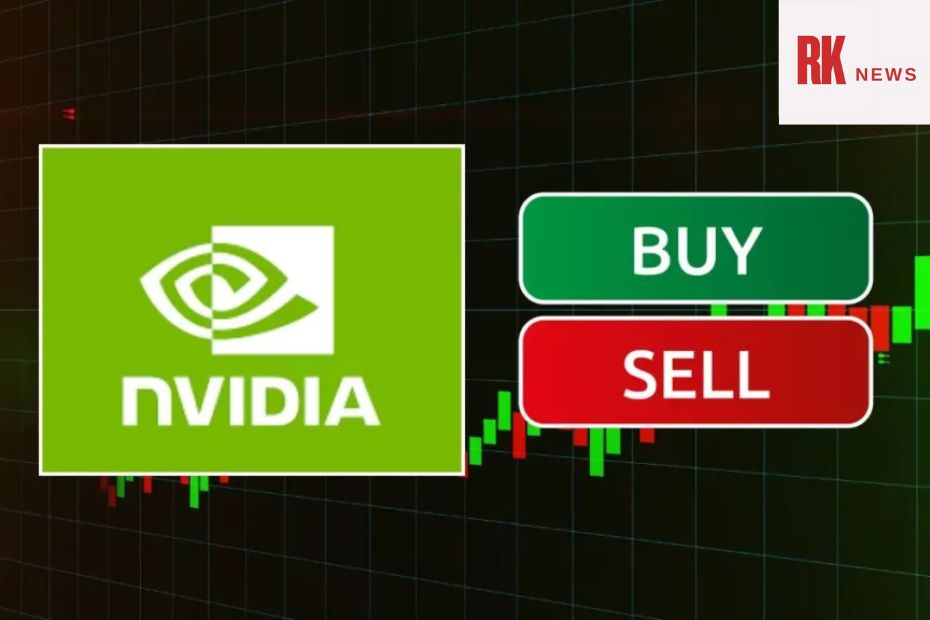Santa Clara, CA — Nvidia (NASDAQ: NVDA) stock is under pressure as market sentiment grows more cautious, driven by concerns about weakening demand from China and bearish analyst commentary.
However, bright spots remain, particularly from Nvidia’s crucial memory chip supplier, SK hynix, which posted strong earnings and reaffirmed confidence in demand for its High Bandwidth Memory (HBM) products used in Nvidia’s AI chips.
During a recent episode of CNBC’s Fast Money, panelists Guy Adami and Dan Nathan took a notably bearish stance on Nvidia. Adami, Director of Advisor Advocacy at Private Advisor Group, criticized Nvidia’s recent stock performance, noting it “continues to trade poorly” and recommended selling the shares.
Meanwhile, Dan Nathan, principal at Risk Reversal Advisors, warned that U.S. restrictions on Nvidia’s chip sales to China could cause a significant inventory glut. With China accounting for 13% of Nvidia’s 2024 sales, Nathan believes this could lead to a steep drop in revenue and projected that NVDA stock could fall as much as 50% from its peak.

The cautious commentary comes amid a broader pullback in tech stocks. Nvidia shares are down 8.5% over the past month and have fallen nearly 30% in the last three months. Investors have become increasingly concerned about export restrictions, macroeconomic volatility, and the potential ripple effects of tariff policy changes under the Trump administration.
However, offsetting this bearish sentiment is strong optimism from Nvidia’s supply chain, particularly from South Korean chipmaker SK hynix. In its first-quarter earnings report, SK hynix revealed a 42% year-over-year revenue surge, driven by booming demand for HBM chips, which are vital to the performance of Nvidia’s AI processors.
The company noted that demand for 12-layer HBM3E memory remains robust, and sales plans with major clients like Nvidia remain unchanged despite growing concerns over tariffs and global economic uncertainty.
SK hynix emphasized that its 2025 HBM sales volume is expected to nearly double compared to last year. For Q2 alone, the company projects that over 50% of its HBM3E revenue will come from its latest 12-layer version, designed to power advanced AI and machine learning applications.
This bullish outlook on HBM chip demand suggests that Nvidia’s long-term growth story—particularly in AI—remains intact, even if near-term geopolitical headwinds cloud the picture.
“Despite global uncertainty, we will maintain our sales strategy and support customer needs through close collaboration within our supply chain,” SK hynix stated during its earnings call. While the company acknowledged tariff concerns could impact demand in the second half of the year, it reiterated that previously agreed sales commitments would be honored.
Nvidia’s recent challenges reflect a tale of two narratives. On one hand, analysts fear oversupply and geopolitical risks could hurt near-term earnings. On the other, its supplier’s record-breaking HBM sales and consistent guidance suggest underlying demand for Nvidia’s AI chips is still strong, particularly from hyperscalers and data center clients racing to build next-gen AI infrastructure.
For investors tracking Nvidia stock, the next few quarters will be critical. Nvidia’s ability to navigate U.S.-China trade tensions while maintaining AI chip sales momentum will determine whether it can rebound from its recent slide. In the meantime, strength from partners like SK hynix offers a hopeful counterbalance to bearish market sentiment.
